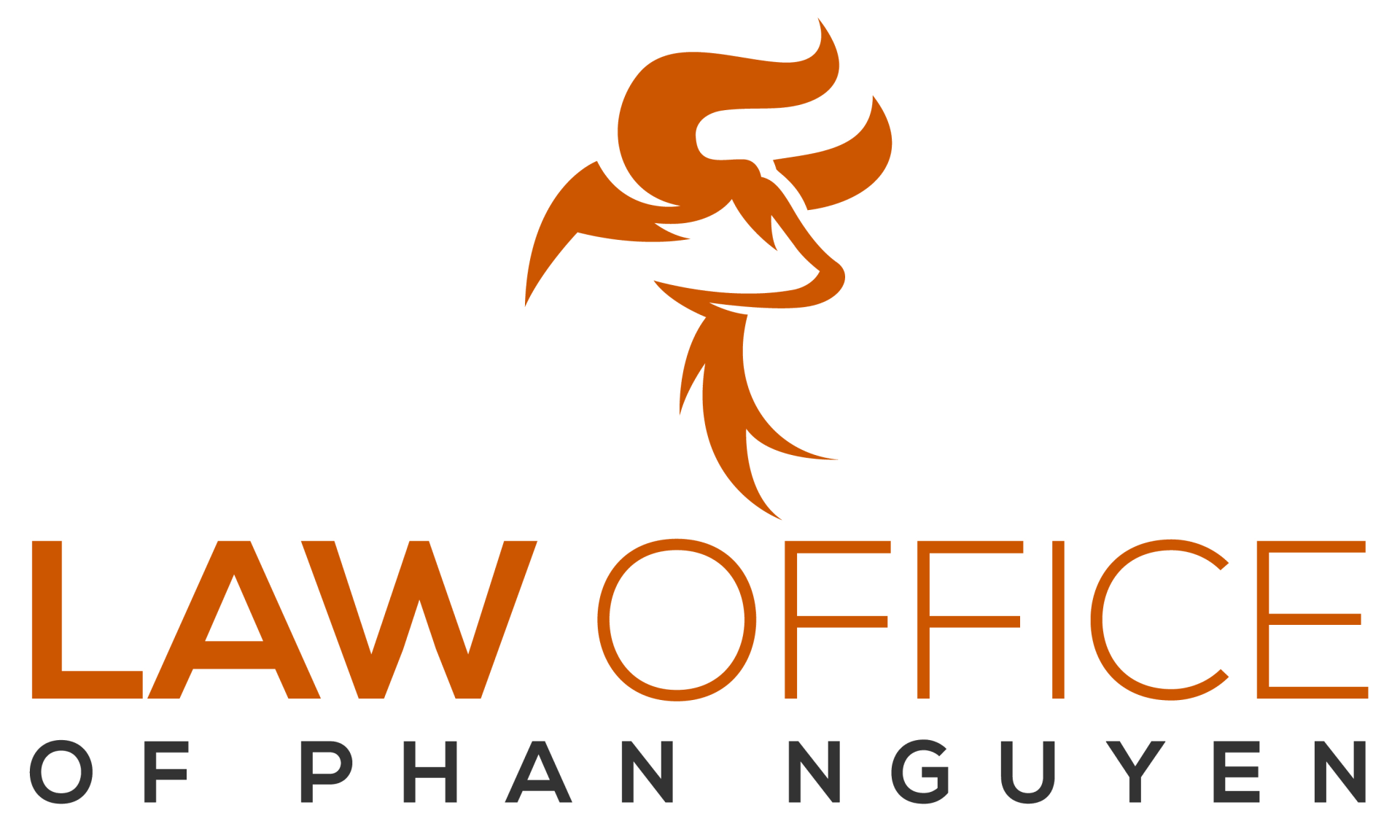Family Petitions - Everything You Need to Know
One of the questions our firm gets asked most frequently is “I would like to sponsor X, can I do it?” The United States has a plethora of “immigration pathways”, but they are generally divided into two categories: Immigrant Visas and Non-Immigrant Visas. The key difference is that Immigrant visas provide a clear pathway to U.S. Citizenships while Non-Immigrant visas do not. Within each category the visas take another divergent, Immigrant visas are often either Family based, Humanitarian based, or Employment based. This post will only tackle the Family based Immigrant petitions today. When we discuss the other visas, we will link it below:
Within the Family based category we have two paths, Adjustment of Status (“AOS”) and Consular Processing (“CP”). Adjustment of Status deals with any family members who are currently within the United States and would like to adjust their status from whatever their current immigration status is, to that of a Legal Permanent Resident (“LPR”). Consular Processing deals with any family members who are currently living outside the United States and would like to have a U.S. Consulate process their application for Legal Permanent Residence here in the United States.
So, who can sponsor and who may be sponsored. USCIS refers to those who are sponsoring as Petitioners and those who are applying to become an LPR as
Applicant or Beneficiary. So, who qualifies to be Petitioners? You have to be an LPR or a United States Citizen (“USC”) to be able to sponsor, either by AOS or CP. So, who qualifies to be an Applicant or Beneficiary? You have to be the spouse, sibling, child (adopted or biological), or parents of the petitioner to qualify for AOS or CP for family based immigrant petitions. That means nieces, nephews, cousins, aunts, uncles, and grandparents do not qualify.
The two key differences between filing as an LPR petitioner and a USC petitioner is, how long it takes to sponsor and the status requirement for the Applicant/Beneficiary.
To answer how long it will take for an application to go from beginning to end will heavily depend on the USCIS current backlog and the current status of the Petitioner. To understand why it takes so long for an LPR to petition their beneficiary and why it’s better to sponsor as a USC it comes down to Visa caps.
Every year, the United States releases an yearly visa cap for each country, and the more people that are immigrating from applicant’s country the longer the queue will be for a visa to be readily available. In terms of CP, this means that they will be waiting in their home country until a visa becomes available, and for some that may mean decade(s) of waiting. In terms of AOS, the applicant will be waiting as well but they’ll be waiting inside the United States.
The difference between CP and AOS in this case is that as a beneficiary for CP they’ll be able to travel anywhere in the world they want/can get a visa to and as a beneficiary for AOS they won’t be able to travel and are usually stuck inside the borders of the United States until their visa becomes available.
If beneficiary is applying for CP and wants to travel to the US via another visa type (e.g., F-1, F-2, B-1, B-2, et…) it is more likely than not that your application will be rejected, this is not to say it cannot be done, but it will be immensely harder to apply for a non-immigrant visa to travel to the United States while you have a pending CP application. But the beneficiary will be able to go anywhere else in the world they want as long as they can get a visa to that country.
Inversely, the AOS beneficiary will have to stay within the United States and will only be able to travel outside the United States while the visa is pending if they are able to obtain a travel permit from the United States Customs and Immigration Service (“USCIS”), which again is do-able but to do so beneficiary will have to give a valid reason for needing such a permit. If the AOS beneficiary leaves the United States without a travel permit, they risk: (1) not being allowed back into the United States, (2) having their AOS application cancelled.
If Petitioner is an LPR and wants to check their place in line, they just have to visit the Visa Bulletin. In order for the United States to accept an AOS or CP there has to be a visa available from that country. The visa bulletin linked above gives you an idea of what application date USCIS is currently processing from each country. This bulletin updates monthly and does not follow a 1:1 day to processing day ratio, each month it will update until all the available visas are issued.
Petitioner or Beneficiary can check their application receipt, top left under “priority date” to find their place in line and check it against the Visa Bulletin to get an estimate of how long the process will take. The LPR petitioner will have to wait until there is a visa available, while the USC petitioner will not. As a USC petitioner, a visa will become available immediately and the only delay will be actual processing time, which could still be year(s) (currently around 1.5-3 years) but typically never decades (unless something has truly gone wrong).
Another issue that will play a role in the length of time the application will take is the relationship between the petitioner and the applicant/beneficiary. It I generally much faster for Spouses and unmarried and minor children and parents of petitioners to apply than it will be for siblings and married children or children over 21 years of age to apply.
Finally, the backlog for USCIS weighs heavily on how fast your application will be processed. USCIS requires manpower to process these applications, each application is reviewed by a USCIS officer, so if there are Federal holidays, bad weather conditions, lay-offs, anything that would prevent someone from working would delay applications as does anything that requires a human touch.
The second benefit of being a USC petitioner is that if your applicant/beneficiary is out of status, as to say they’re undocumented (but was inspected when entering the United States), or if their visa has lapsed then the USCIS will overlook/forgive/waive the fact that the beneficiary is out of status. This is usually a huge issue, considering majority of the AOS that takes place in the United States are spousal petitions and the beneficiary is usually either undocumented or has long overstayed their original visa that got them here.
For an LPR, it is much, much different. The beneficiary/applicant of an LPR petitioner must maintain their good status with USCIS throughout the entire application process or risk having their application rejected or cancelled. If they do not, they will need to seek a waiver from USCIS for their overstay/undocumented status. The Immigration process goes contrary to the old saying “it is better to ask for forgiveness than permission”, with the United States government, especially with USCIS it is almost always better to ask for permission than forgiveness.
The processing times of AOS and CP also differ, and you should consult your immigration attorney as to which is the best pathway for you and your family.

